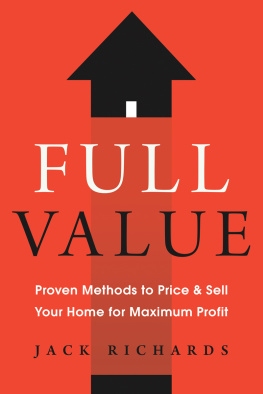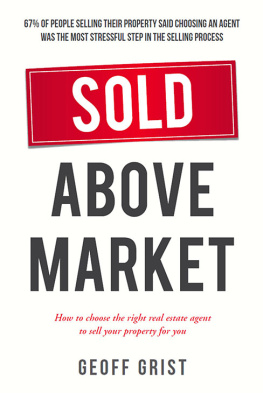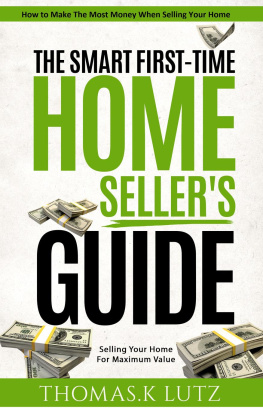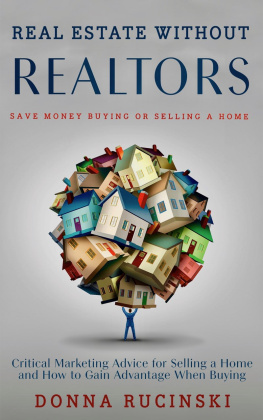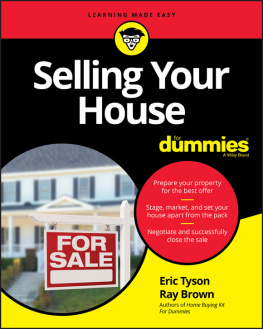

This publication is designed to provide accurate and authoritative information in regard to the subject matter covered. It is sold with the understanding that the publisher and author are not engaged in rendering legal, accounting, or other professional services. Nothing herein shall create an attorney-client relationship, and nothing herein shall constitute legal advice or a solicitation to offer legal advice. If legal advice or other expert assistance is required, the services of a competent professional should be sought.
Published by Greenleaf Book Group Press
Austin, Texas
www.gbgpress.com
Copyright 2020 Integere LLC
All rights reserved.
Thank you for purchasing an authorized edition of this book and for complying with copyright law. No part of this book may be reproduced, stored in a retrieval system, or transmitted by any means, electronic, mechanical, photocopying, recording, or otherwise, without written permission from the copyright holder.
Distributed by Greenleaf Book Group
For ordering information or special discounts for bulk purchases, please contact Greenleaf Book Group at PO Box 91869, Austin, TX 78709, 512.891.6100.
Design and composition by Greenleaf Book Group
Cover design by Greenleaf Book Group
Photographs on page 106 courtesy of Trey Thomas Photography
Publishers Cataloging-in-Publication data is available.
Print ISBN: 978-1-62634-684-0
eBook ISBN: 978-1-62634-685-7

Part of the Tree Neutral program, which offsets the number of trees consumed in the production and printing of this book by taking proactive steps, such as planting trees in direct proportion to the number of trees used: www.treeneutral.com
Printed in the United States of America on acid-free paper
20 21 22 23 24 25 10 9 8 7 6 5 4 3 2 1
First Edition
T o my wife, Kristen, for without her continuous and unwavering support and encouragement this book would have never been completed.
I ts interesting. In our industry, you could write a book about someone whose best practices are allowing them to compete in a unique and advantageous way, and yet most of the industry would pretty much ignore that and keep doing things the way they were.
JEFF LUHNOW, general manager of the Houston Astros, 2017 Major League Baseball World Series Champions
CONTENTS
PREFACE
DO BEST PRACTICES EXIST IN REAL ESTATE?
Every year millions of homes are bought and sold in the United States. Each sale is one of the largest financial transactions the buyer or seller will make in their lifetimes. Despite the size and impact of these transactions, few home sellers actually sell their homes in a way to maximize their profits. Fortunately, home sellers today are able to take advantage of insights generated through applied data analytics and advances in research in the academic fields of economics, psychology, and anthropology. These insights, proven through research, outline a clear and practical approach for home sellers to sell their homes for 5 percent or even 10 percent more than what would be possible without taking these actions.
My professional background is in strategy consulting. For years I have advised executives of global corporations on how to effectively grow their companies, optimize their operations, and make strategic decisions. No matter what question I was asked, my basic approach to answering the overall question was simple: Break down the complex problem into simpler and more easily answerable sub-questions and then use data to answer each of the sub-questions. These answers would then inform the answer to the overall question, and when the process was complete, I was able to confidently provide executives with comprehensive recommendations supported by data-backed insights.
Furthermore, I have spent much of my professional career working in process-based industries ranging from mining to manufacturing to professional services operations. A key to success in these industries is to establish stable, repeatable processes and then improve those processes with innovations and other process changes. Many of these organizations had similar operational processes in different locations. These companies, like every company, are challenged by operational performance differences. Different teams can be given the exact same equipment, but the performance of the teams can vary across all levels. The only differences between product sites are culture and leadership. One tool that can minimize the performance gap between high-performing teams and underperforming ones is to identify, document, and share best practices. These best practices can be as minor as what direction parts face at one stage of a manufacturing line or as major as designing a completely new process to incorporate new technology, such as automated assembly and inspection.
It was with this perspective of logical problem structuring, application of data-based insights, and continual process improvement that I observed the process of buying and selling residential real estate. The differences in how homes can be sold and the potential to improve the home sale process became obvious with the purchase of a townhome in Raleigh, North Carolina.
For many years my wife, Kristen, and I lived in New York City. Like many working professionals, we valued our experience in New York but decided to relocate to a more suburban area. We chose to move to Raleigh as we had family and friends in the area, and with the vibrant, growing economy, both of us could work in fields similar to those we had in New York. As we planned our move south, we decided that rather than rent a place to live, we would purchase a home in the Raleigh area.
We started the home buying process in the typical way, first by determining the radius where we wanted to live and establishing the price range for what we were looking for. For our location and budget, much of what we found were townhomes, which we were excited about, coming from a small New York City apartment. Next, we set about finding a real estate agent to help us and selected one based on a recommendation from someone we knew in the area.
The agent took a day to drive us around Raleigh. We looked at several homes that we had found online or that the agent suggested and ended up finding a townhome that appealed to us. It was an end unit, recently built, and surrounded by trees and a small pond. It had three stories, all finished. The townhome checked all of the boxes we were looking for, so we decided to take a more in-depth look at the home. During this process, we found a few aspects which concerned us and which required further evaluation. The property was located in a floodplain and close to a creek that was infamous for regularly flooding. On the state-required property disclosure form, several questions were answered No representation, indicating either that the owners simply did not know the response or that there were issues with the property they did not want to reveal on the form.
Despite these concerns, we liked the location and layout of the house and decided to submit an offer for the home. The townhome had been on the market for about three months.
We initially made an offer for the property at 93.5 percent of the listing price to gauge the sellers interest in a quick sale. The sellers rejected our initial offer and came back with a counteroffer at 99.8 percent of the listing price, nearly unchanged from their original asking price. After another round of back-and-forth with the sellers, we agreed on an offer to purchase the townhouse for 98.4 percent of the asking price, which was a typical discount to the list price in the market at that time. We went under contract and began the due diligence process to ensure the safety, soundness, and legality of the home.
Next page
